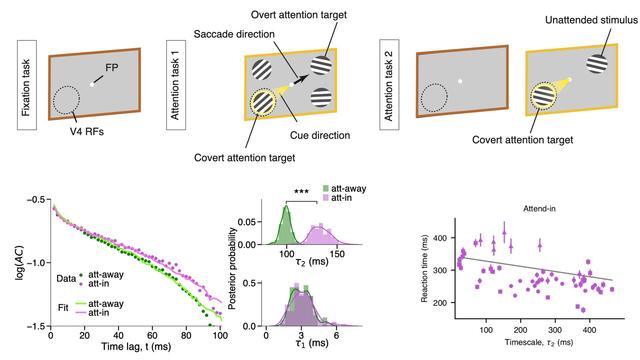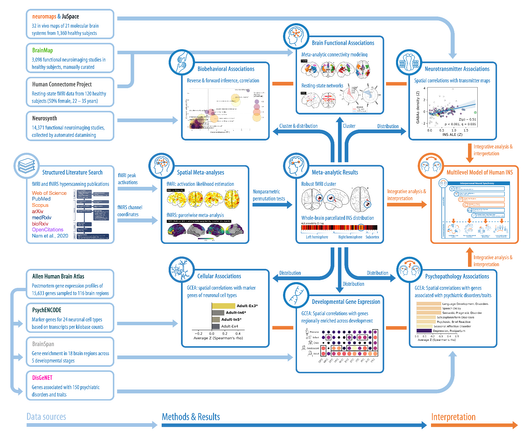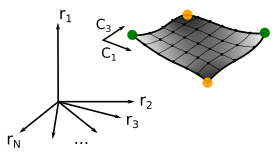What tags are you all following?
Here are mine but I’d like to add some more, particularly science-related:
#FediTips #Hippocampus #PlaceCells #Tetrodes #NatureIsBeautiful (yes… I’m the only one using it for now) #NeuroPaper #NeuroPaperThread #Neuroscience


